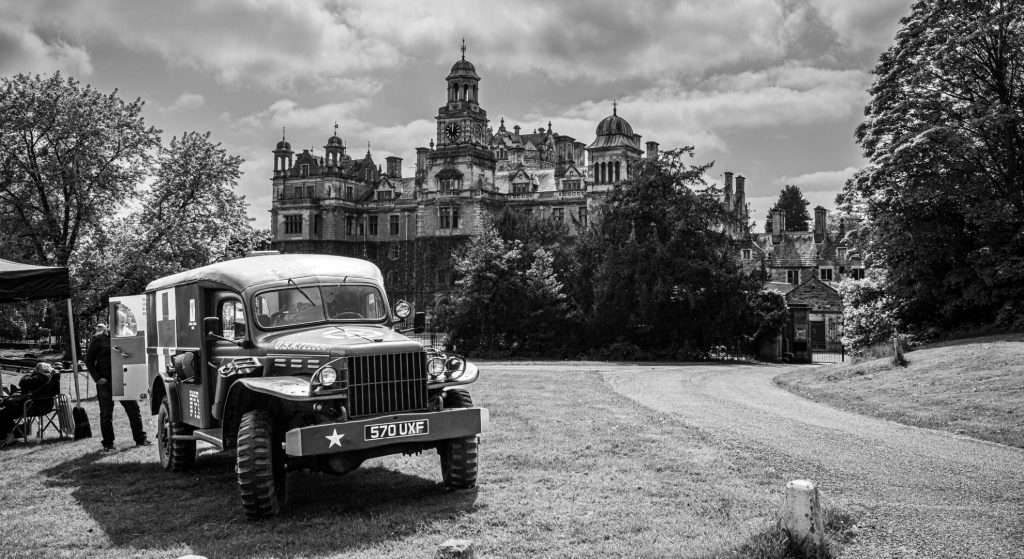Thoresby Park History
Thoresby Park is a historic country estate located in Nottinghamshire, England. The estate has a rich and varied history dating back to the early 16th century when the land was owned by the powerful Pierrepont family. In the mid-18th century, the estate was acquired by the 1st Earl of Manvers, Charles Pierrepont, who commissioned the construction of the grand Thoresby Hall, which became the centerpiece of the estate.
There is a lovely brief history of The Last Countess Manvers on Holme Pierrepont Hall’s website if you would like to know more about her as an artist.
1589
Early crop marks indicate prehistoric settlements, Roman settlements coins and other artefacts, then Sherwood Forest pre 1550 - the park and house is bought by William Lodge in 1589 At this time the Pierrepoint’s are still living at Holme Pierrepont Hall
1589
1633
In 1633 by Robert Pierrepont Earl of Kingston-upon-Hull (d.1643) bought the estate for his second son William. The Earl was killed by a Royalist canon ball (which cut him in two) as he sailed down the Trent after he was taken prisoner by the Parliamentarians as he forded the Trent with his Army of Royalists marching to relieve Lincoln x (his Army were decimated).
1633
1680
The family were split by the war the eldest son Henry was made Marquess of Dorchester by Charles 1 as a reward for his loyalty to the King during the Civil War. The 2nd son William (Wise William was one of the very prominent Parliamentarians during the early years of the Civil war, a great friend of Cromwell, and was twice chosen to be a Commissioner to negotiate with King Charles 1. A 3rd brother was a key Parliamentarian in Nottingham which was a parliamentary city.
His brother Henry died 1680, and the 3rd Earl (a nephew) Robert died 1682.
His brother Henry died 1680, and the 3rd Earl (a nephew) Robert died 1682.
1680
1690
The 4th Earl William died 1690 - an Estate map of that date shows a mansion with terrace gardens which was rebuilt about that time by William Talman 5th Earl Evelyn was upgraded to be Duke of Kingston, built the Lake and extended the park. He had his portrait painted with the lake in background.
1690
1726
2nd Duke of Kingston was only 14 yr old when he inherited the title. Evelyn (1711-1773) built the Carr House - after a fire had destroyed the House with most of its contents including a very fine library. Estate inherited by the bigamous Duchess on his death.
1726
1773
Duke died without a blood heir so estate inherited by his nephew Charles a retired Naval Officer who saw service under Nelson. Assuming the name of Pierrepont and was elevated to the peerage, as Baron Pierrepont and then Viscount Newark, and finally Earl Manvers. He made improvements to the house, garden and park. In 1791 Humphrey Reston produced his red book redesigning the park. He died 1832 and his son Sidney inherited as 3rd Earl Manvers
1773
1860
His son Sydney the 3rd Earl in 1860 married Duke de Coigny’s daughter and set about rebuilding the current house by Anthony Salvin. He had a huge estate - something over 70k acres, with lots of coal - black gold.
1860
1926
The 4th Earl’s only son Evelyn inherited in 1926 - but sadly had had a mental breakdown aged 17 and was locked away in a sanitorium for the rest of his life d.1940. The title was picked up by his cousin the 5th Earl who died in 1955 without a male heir so lady Rozelle inherited the estate.
1926
1990
In the 1990s, Lady Rozelle Raynes, daughter of Countess Manvers, sold Thoresby Hall to The Coal Authority (formerly the National Coal Board) who briefly acquired the site, wanting to ease their ability to mine in the vicinity.
1990
